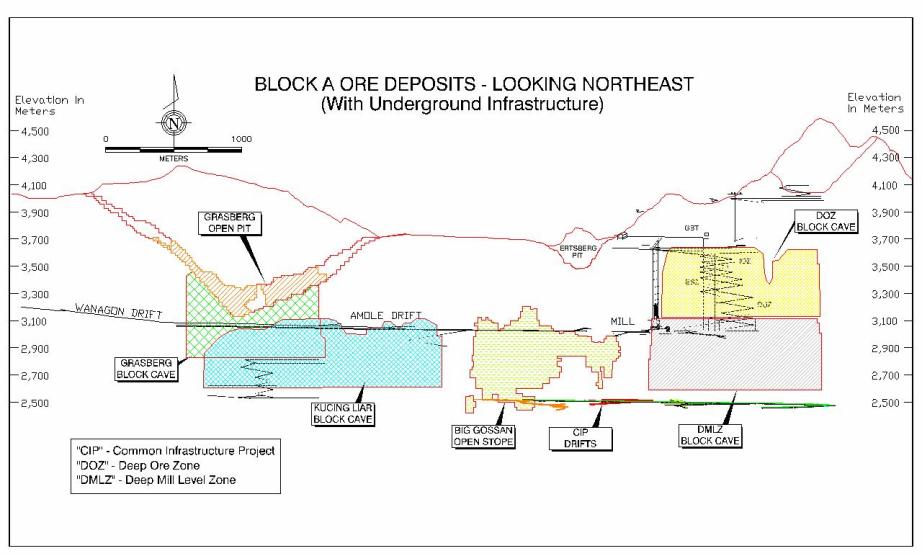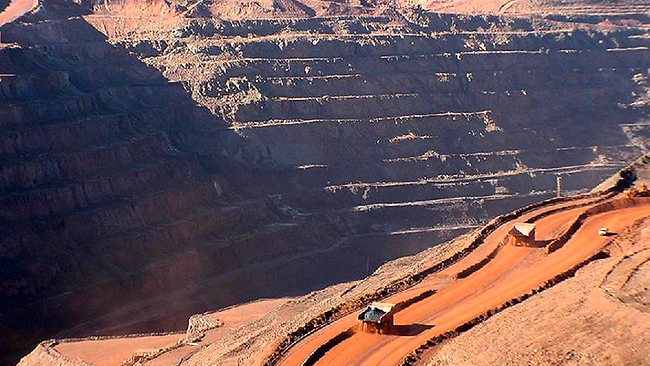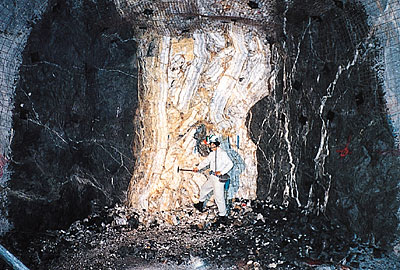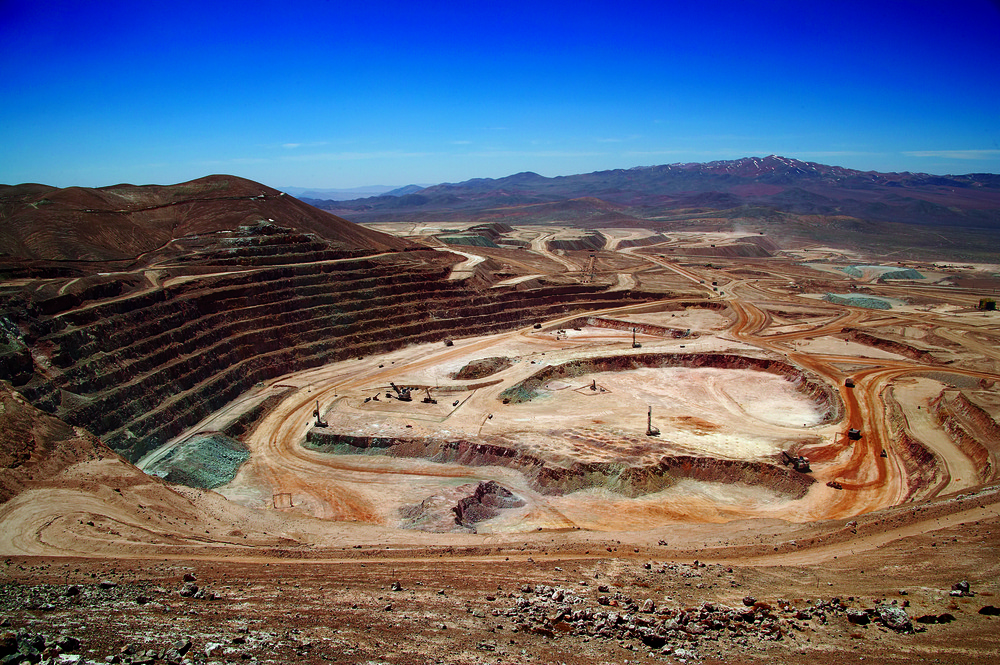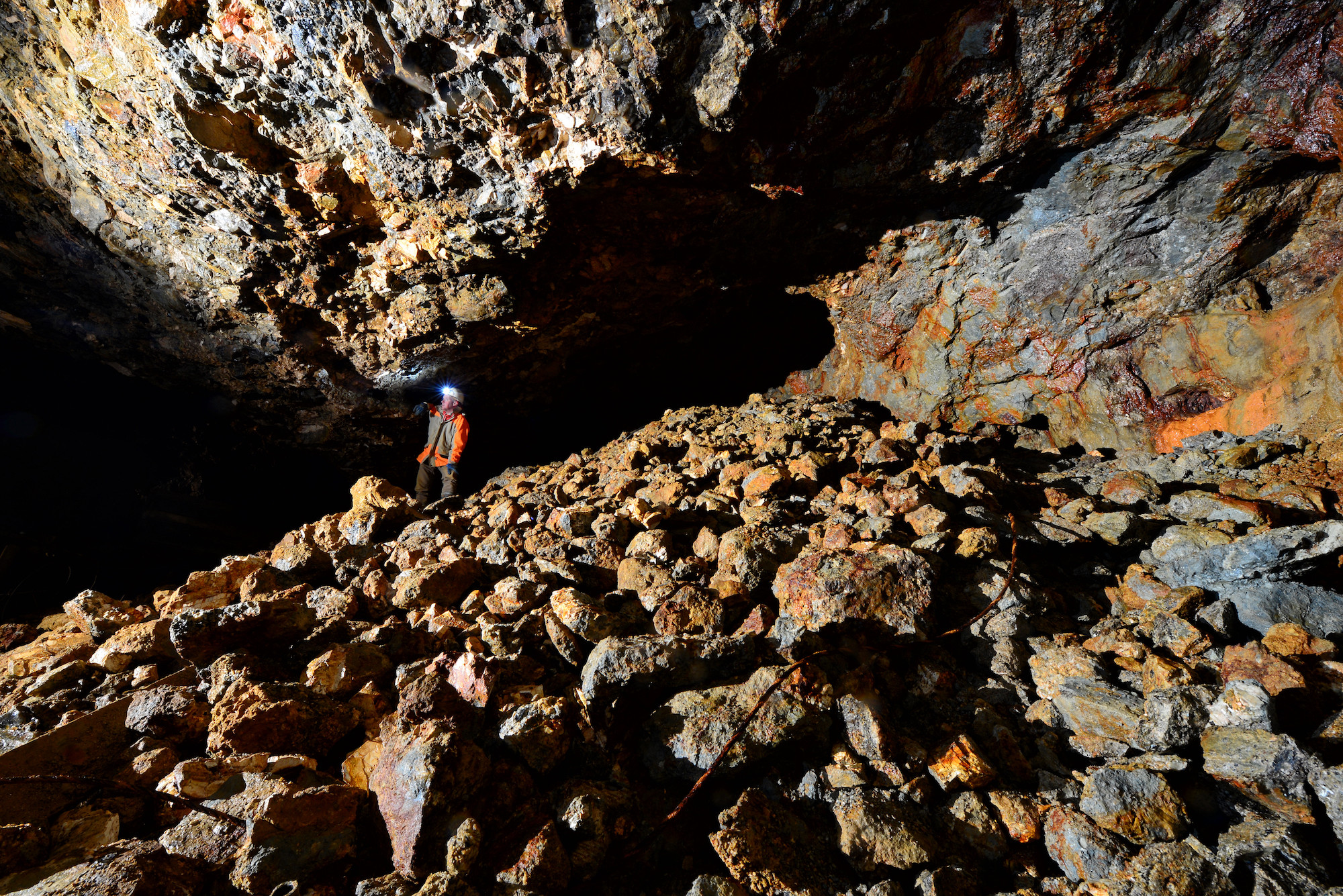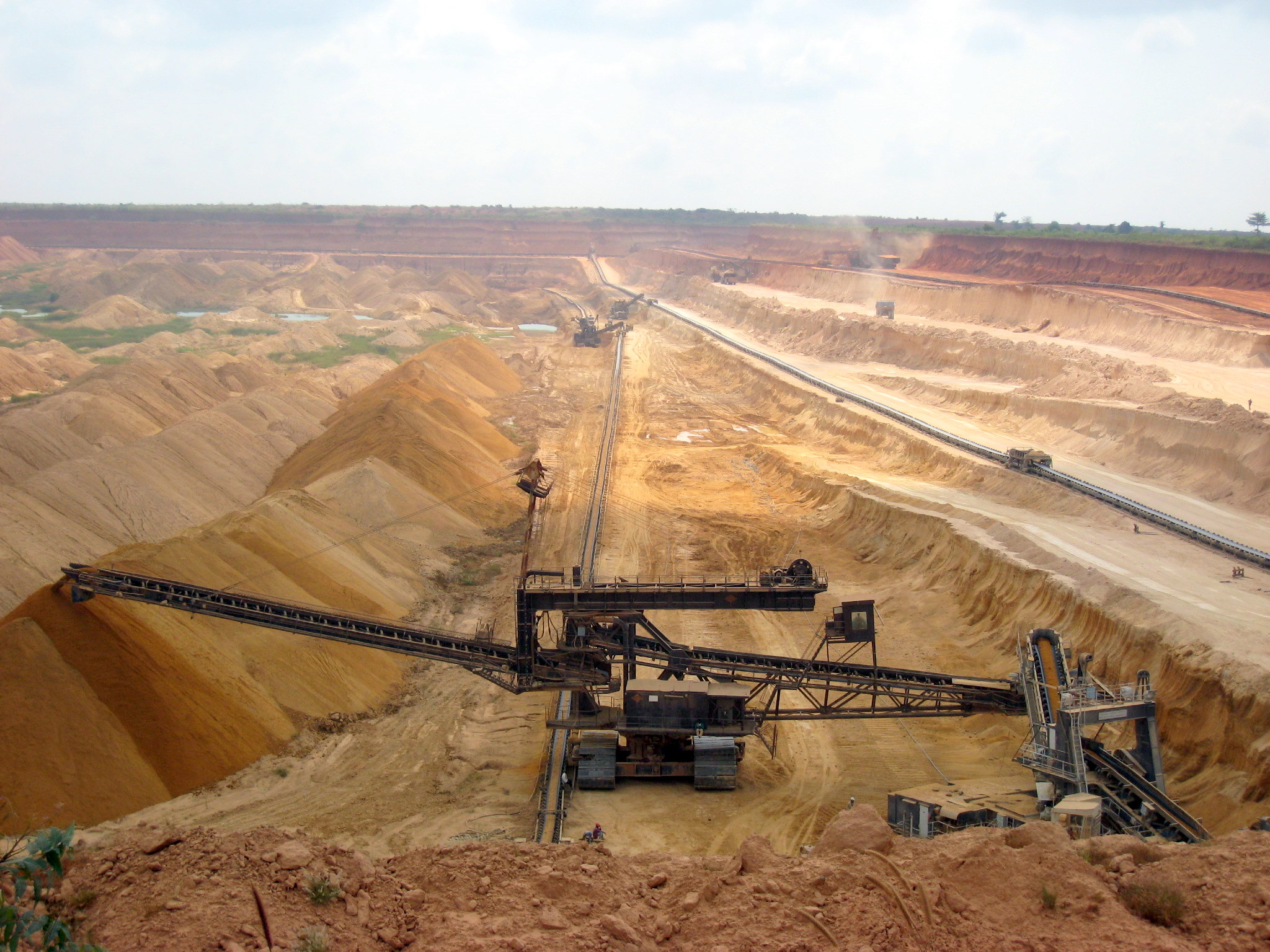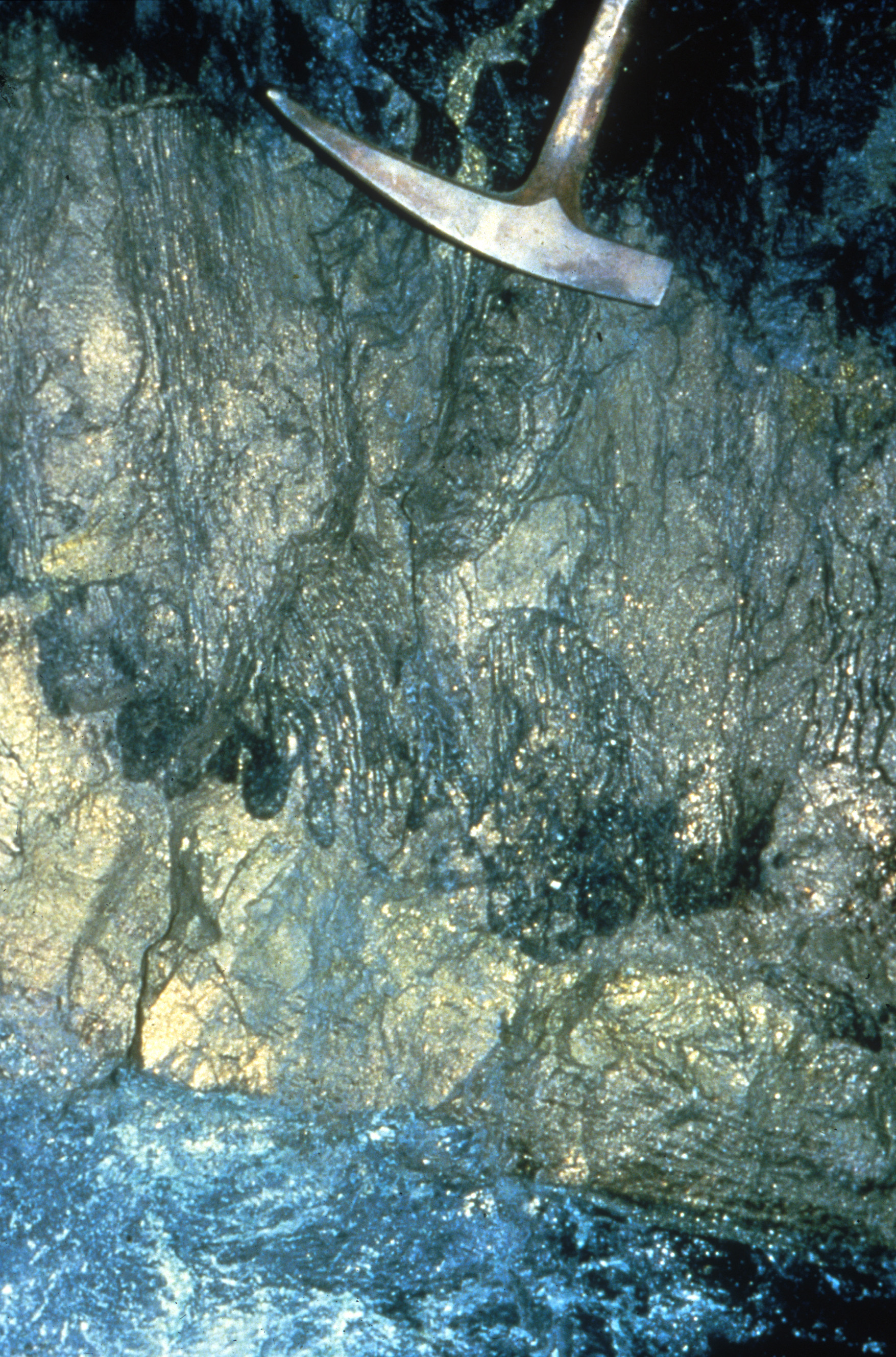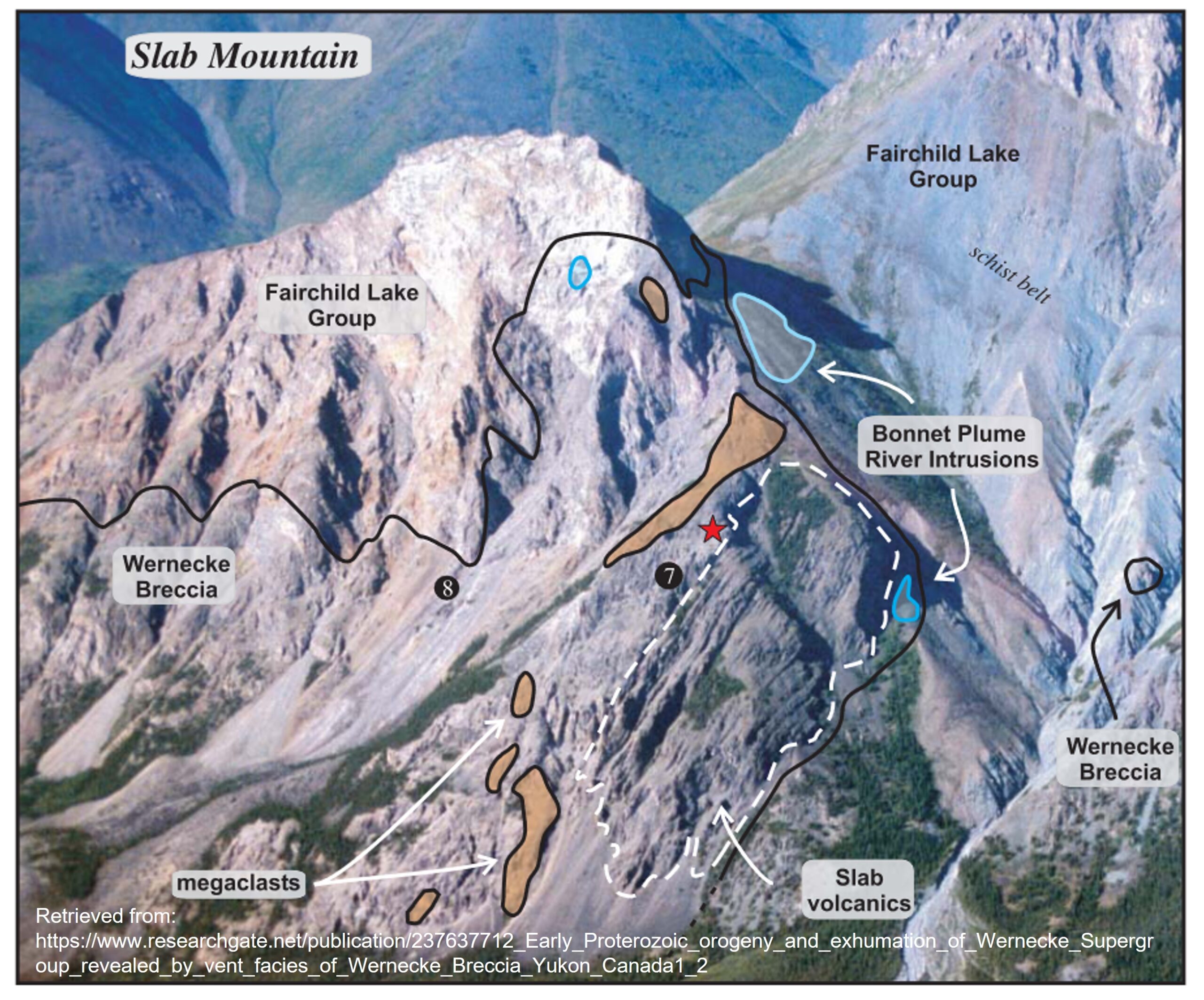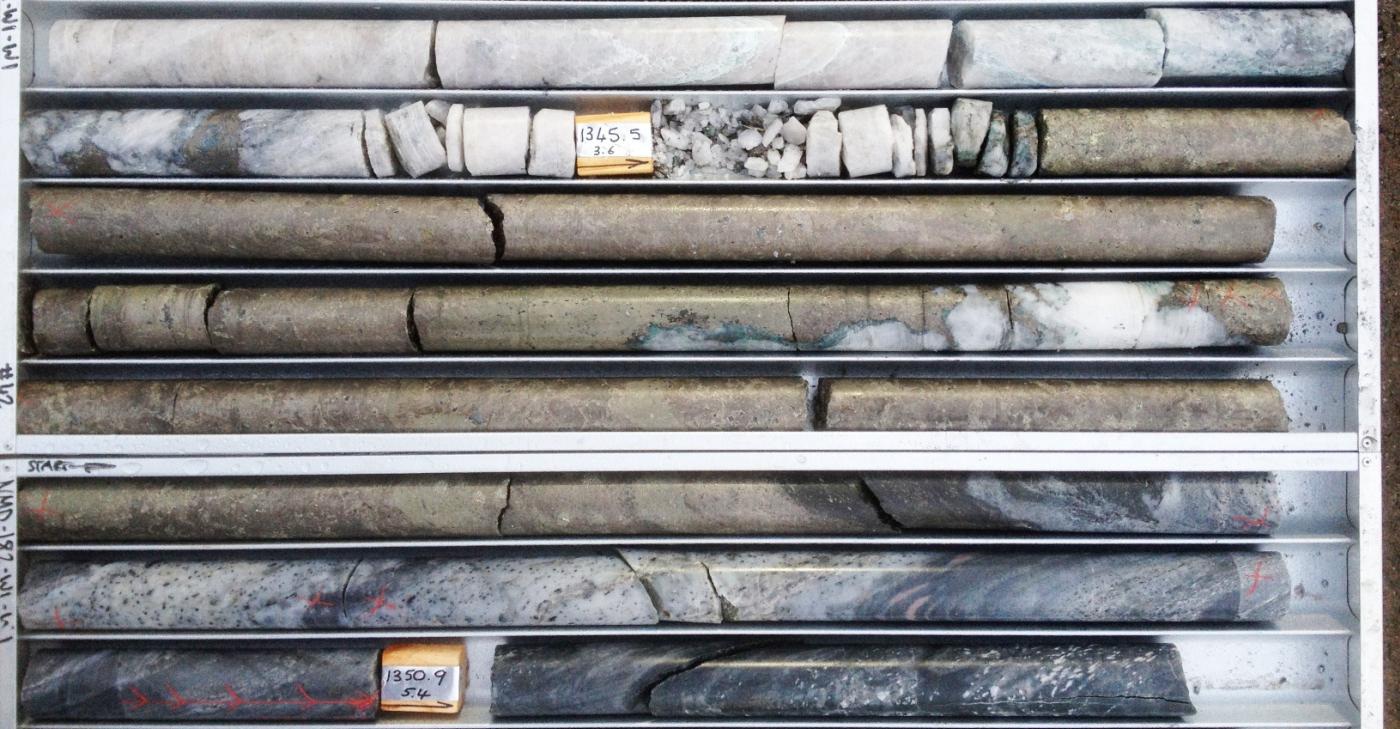In our first two articles we discussed the history and geology of the Grasberg Mine and it is now time to come back to what makes Grasberg so important: The Mine. The massive size of the deposit, the engineering challenges and capital investment for Grasberg were and are significant. The essence of these challenges can be boiled down to three main factors; The isolation, the rugged terrain and the great height.
Grasberg, when it was discovered, was hundreds of kilometers “from anywhere” and over 5000 meters high in the mountains which form the backbone of the Island of New Guinea. There were no roads, no power, no facilities and the only element of abundance was water, which came in the form of rain at some 12 feet per year. The challenge was so great that road to the mine site was considered “almost assuredly the toughest road-building project attempted anywhere in the world”. It traversed uncharted jungle, thick mangrove swamp, and near-vertical slopes to reach the high alpine valley hosting the deposit. It has been cited that the engineering contractor Bechtel “built 3 kilometers for every 1.5 kilometers that survived.”
The initial mine was focused on the Ertsberg Copper Skarn deposit, which was the monolith poking out of the ground and the most “easily” accessed. In 1990 the open pit mine at the Grasberg Porphyry Cu-Au deposit was initiated. That reserve will be mined out in 2015 and operations will focus on the underground portions of the complex, mining the deeper levels of the Porphyry Cu-Au deposit by block caving, and at the same time, mining the other associated Cu-Au skarns. When up and running, these mining operations will be the largest single block caving operations in the world. To support this, Freeport has built a large series of underground tunnels to connect and move ore from the deposits to the mill and then to the shipping terminal.
There are 18,000 people on the mine site itself, at any one time and mining & milling is done at the rate of 240,000 tonnes a day, with another 135,000 tonnes a day going to the stockpiles. By comparison, the biggest porphyry deposit in Canada, Highland Valley, mines at 120,000 tonnes a day. To support this PT Freeport has built an airport, a port at Amamapare, 119km of access road, a tramway and a town called Tembagapura (Copper Town).
To get at the ore some 3.3 Billion tonnes of overburden will be removed and put into holding areas. This is a major source of controversy with many groups accusing the company of basically dumping the tailings over the cliff and into the jungle and rivers below. The company denies and points to the massive efforts it has made to reduce harm by blending the acid generating mine rock with neutralizing limestone, the overburden management system put in place, and the constant monitoring of the discharge for metal levels. Once mining has ended there are plans to reclaim the site and re-vegetate the workings.
Further Reading
PT Freeport (Company Website)

